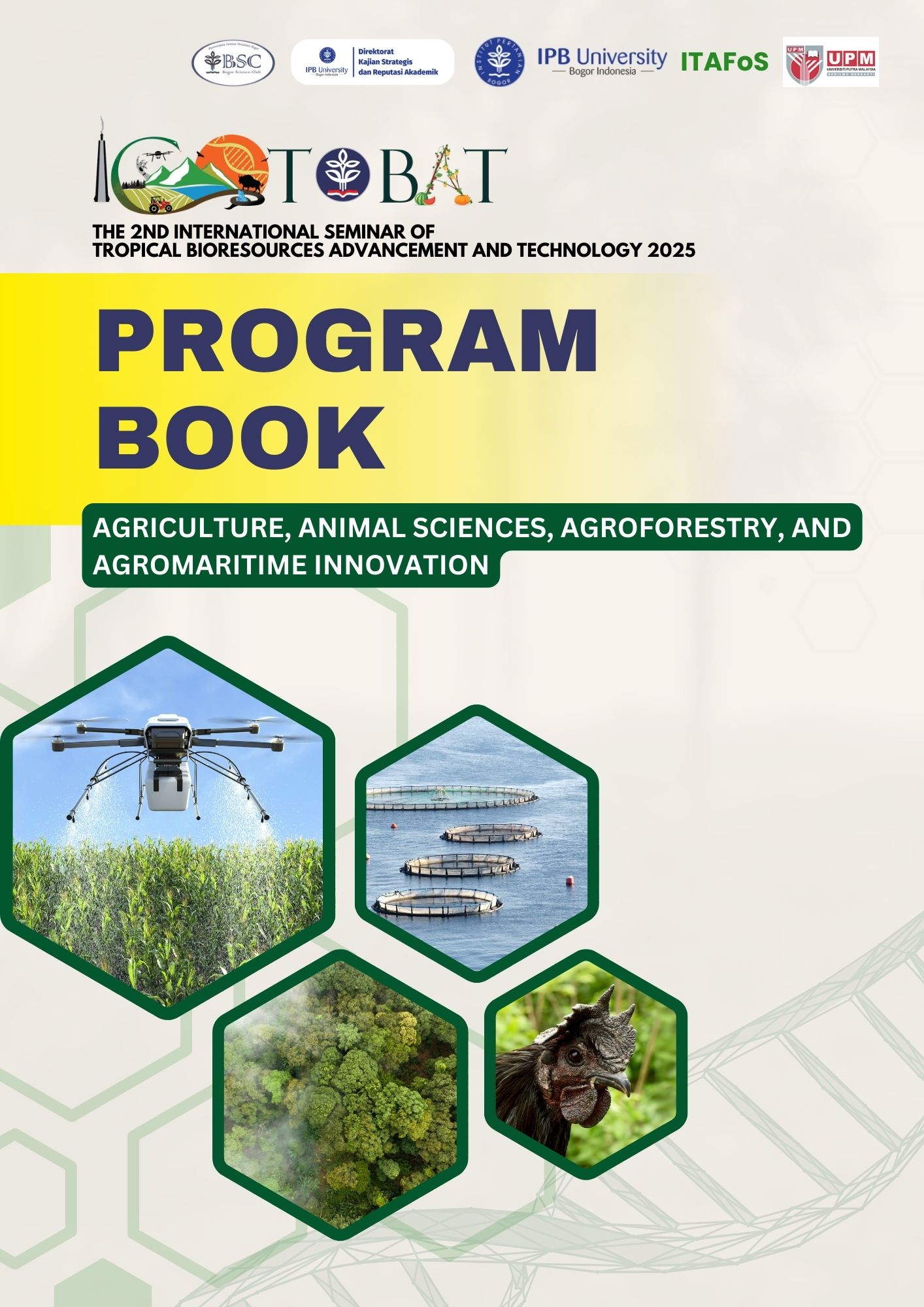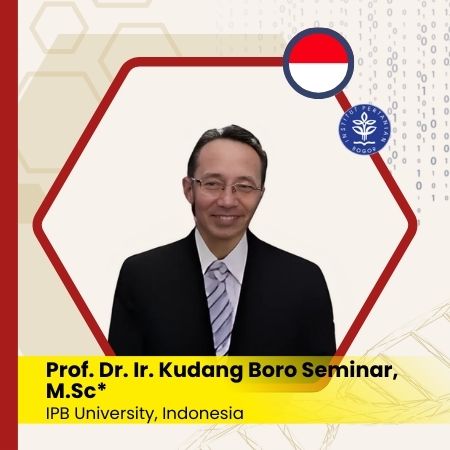Environmental Footprint of Indonesia’s Livestock Sector: Emissions Trends and Mitigation Strategies
will be presented at Friday, 23 may 2025, 09.50 (GMT +7)
Keywords:
Indonesia, Livestock, Green house gases, emission trends, mitigation strategiesAbstract
This paper quantifies and analyzes the environmental footprint of Indonesia’s livestock sector, specifically focusing on the emissions of greenhouse gases, including carbon dioxide (CO2), methane (CH4), and nitrous oxide (N2O). Utilizing extensive and detailed datasets from authoritative sources such as Statistics Indonesia, ClimateWatch, and the World Bank, this study meticulously identifies and evaluates significant emission trends from the agriculture sector from 2011 to 2020. The results clearly illustrate a concerning increase in greenhouse gas emissions, highlighting that in 2020, CO2 emissions from agriculture, forestry, and fishing industries reached approximately 1.29 million metric tons. Methane emissions, primarily generated from livestock production through enteric fermentation and manure management, totaled an alarming 88.74 million metric tons CO2 equivalent. Moreover, nitrous oxide emissions, significantly derived from fertilizer application and livestock manure handling, accounted for around 65.56 million metric tons CO2 equivalent. Given the severity of these findings, the paper suggests precise and carefully targeted mitigation strategies along with comprehensive policy recommendations, advocating for integrated farming systems, enhanced livestock management practices, and sustainable feeding methods to substantially reduce Indonesia's livestock-related environmental impacts.






























